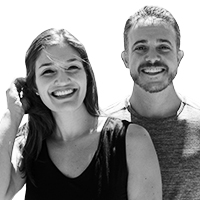Travel
Courtesy of Danielle Hyman & Adam Aronson
Inside a North Carolina Thrift Shop Turned Edgy Living Museum
FOUND ART
We came to Greensboro, North Carolina to attend an art exhibition in a former thrift store. We discovered a poetic intersection of art and travel.

Trending Now





